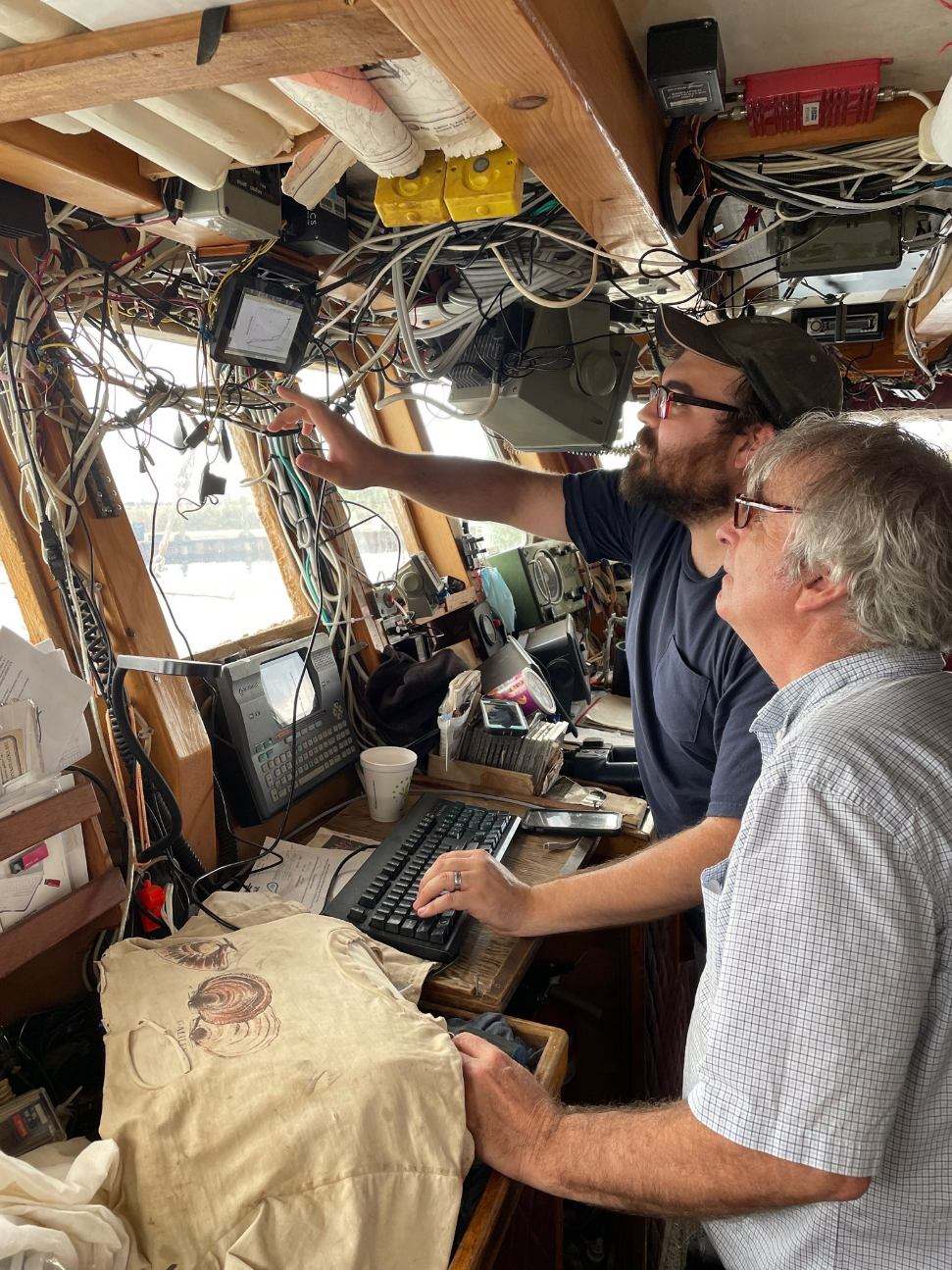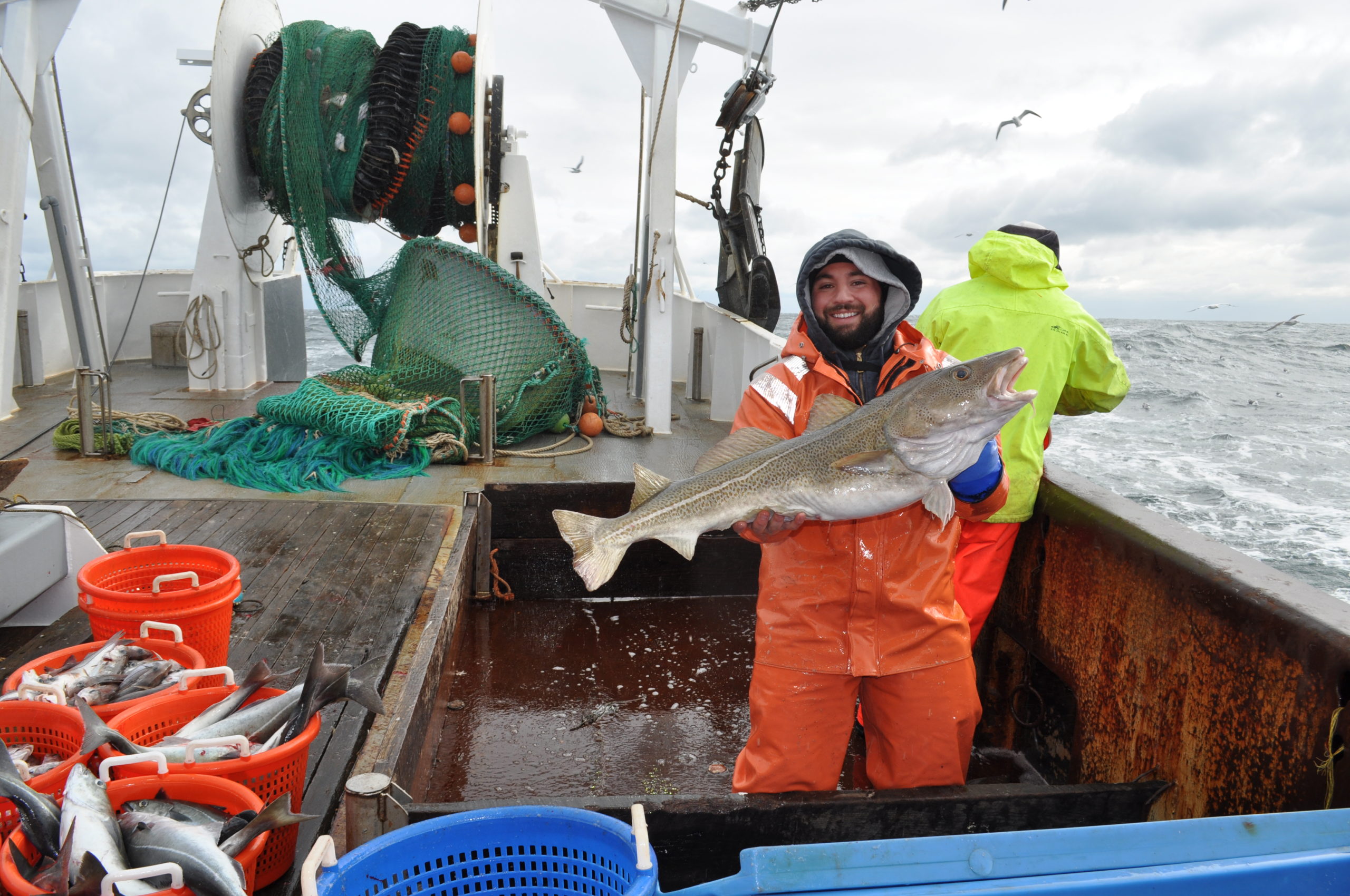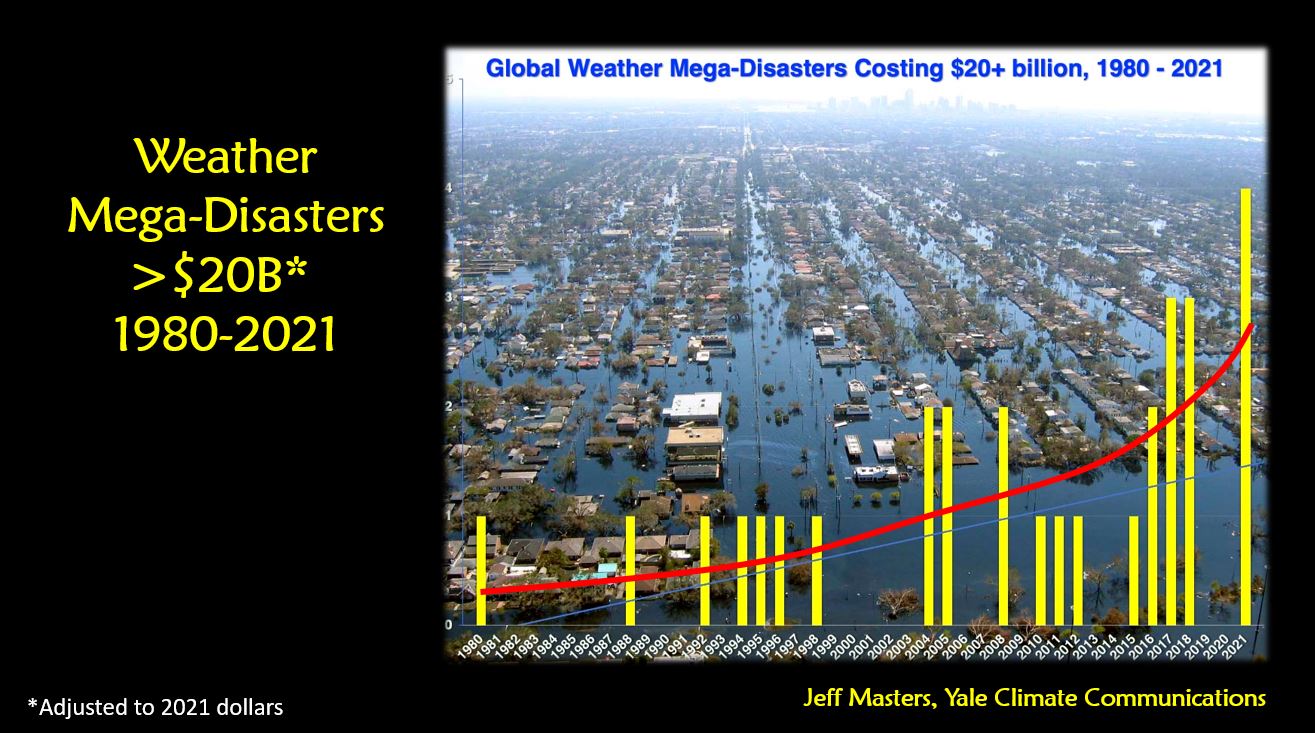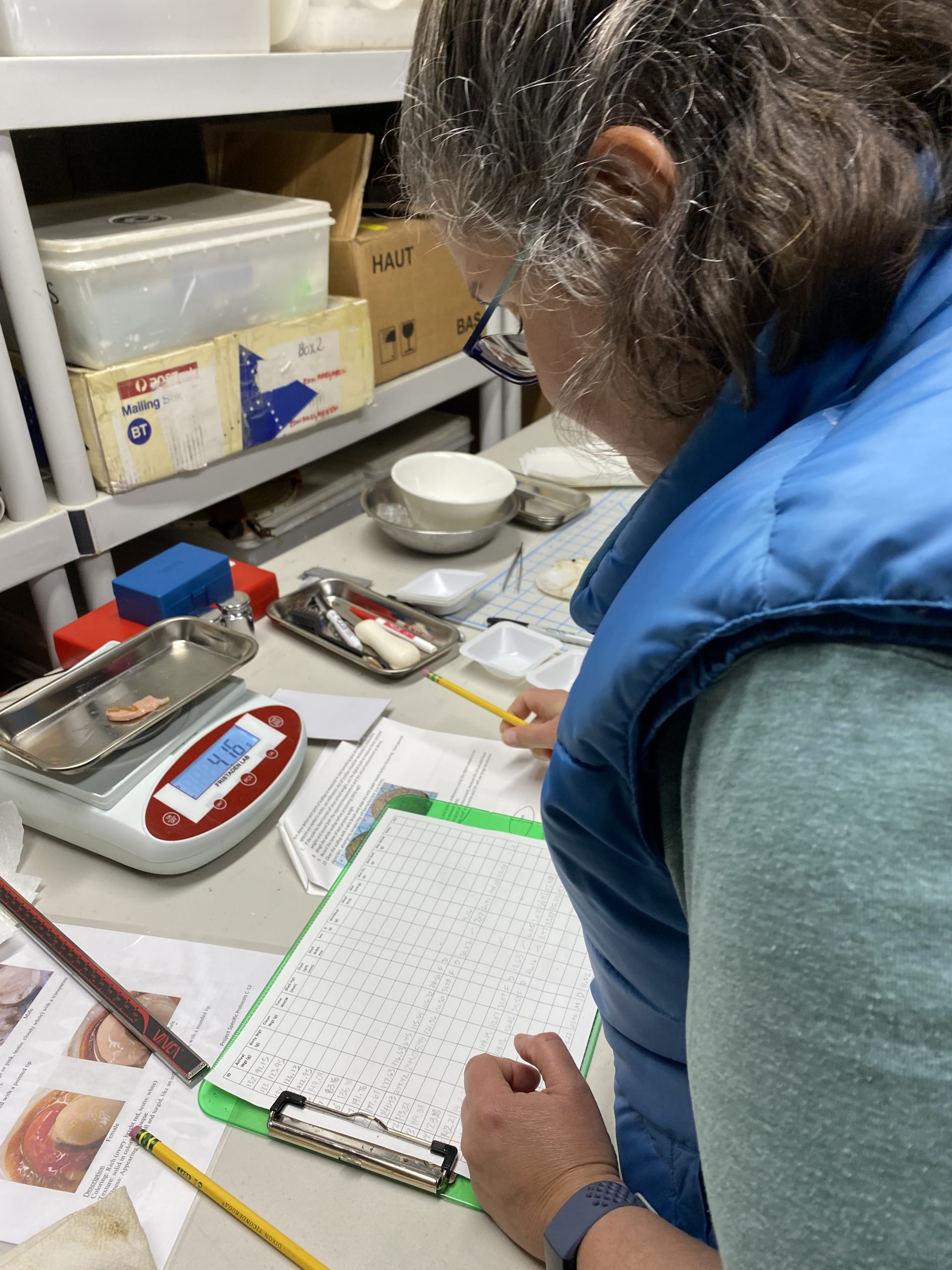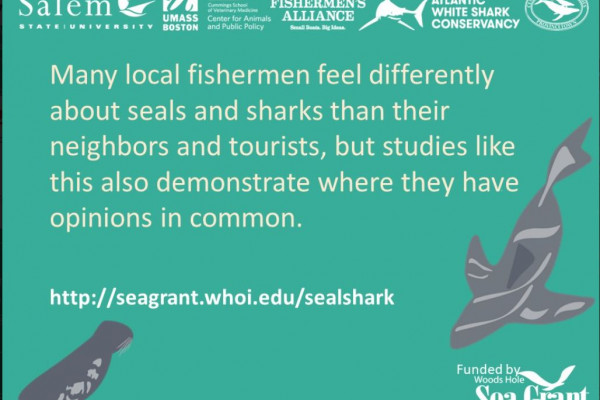Years ago, fisheries scientist George Maynard was working with a fisherman so interested in the ocean’s temperature – and how it would affect his catch – that he created a unique method to figure it out.
“He had been using an infrared heat gun from Harbor Freight Tools to take the temperature of fish as they came up in his nets,” Maynard remembered.

